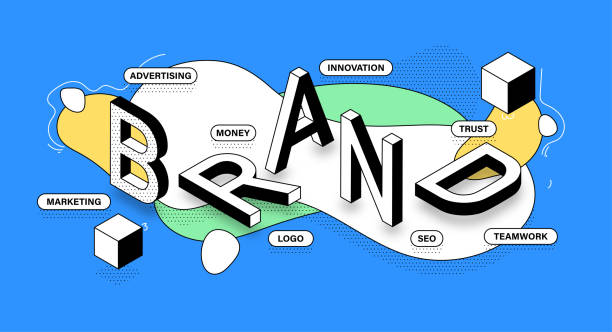Knowing where to begin with your branding is a struggle. However, you then need to keep up the hard work by incorporating this branding into everything you do. Keep things consistent, it’s important.
In the bustling world of online content, having a strong visual identity is key to standing out and capturing your audience’s attention. Whether you’re a small business, a blogger, or a content creator, mastering visual branding can elevate your brand and leave a lasting impression. Here are some easy-to-understand tips for creating consistent graphics.
1. Understand your brand identity
Before diving into graphic design, take some time to define your brand identity. Consider your brand’s mission, values, target audience, and unique selling points. This foundation will guide your design choices and ensure that your graphics align with your brand’s overall message. You need to know what your brand is trying to stay before you start.
2. Choose your brand colours and fonts
Select a cohesive colour palette and set of fonts that represent your brand’s personality. These elements should be consistent across all your visual assets, including your website, social media posts, and marketing materials. Use tools like Adobe Colour or Coolors to create harmonious colour schemes, and choose fonts that are legible and reflect your brand’s tone.
3. Create branded templates
Streamline your design process by creating branded templates for different types of content. Such as social media graphics, blog post headers, or email newsletters. Use tools like Canva or Adobe Spark to design templates that feature your brand colours, fonts, and logo. Having templates on hand will save you time and ensure consistency across your visual content.
4. Maintain visual consistency
Consistency is key to effective visual branding. Make sure your graphics have a consistent look and feel, regardless of where they’re being used. Use the same colour palette, fonts, and design elements across all your platforms to reinforce your brand identity and make your content easily recognisable. Your audience should know your brand without seeing a name.
5. Use high-quality images
Invest in high-quality images that align with your brand aesthetic. Whether you’re using stock photos, custom photography, or illustrations, make sure your visuals are clear, professional, and relevant to your brand. Avoid using low-resolution images or generic stock photos that don’t accurately represent your brand. This could in fact damage your brand.
6. Incorporate your logo
Your logo is the cornerstone of your brand identity, so make sure it’s prominently featured in your graphics. Place your logo strategically on your visuals. Ensuring it’s visible but doesn’t overshadow the main content. Experiment with different placement options to find what works best for your design. It will be trial and error to start with.
7. Tell your story through visuals
Use your graphics to tell a story and evoke emotion. Whether you’re showcasing your products, sharing customer testimonials, or highlighting your brand values, aim to create visuals that resonate with your audience on a deeper level. Incorporate storytelling elements into your graphics to make them more engaging and memorable.
8. Seek feedback and iterate
Don’t be afraid to seek feedback from your audience or peers and use it to improve your visual branding efforts. Pay attention to how your audience responds to different types of visuals, and iterate based on their feedback. Continuously refining your graphics will help you strengthen your brand identity and better connect with your audience.
By following these tips, you can master visual branding and create consistent graphics that leave a lasting impression on your audience. Remember to stay true to your brand identity, maintain visual consistency, and tell your story through compelling visuals. With practice and dedication, you’ll elevate your brand’s visual presence and stand out.







